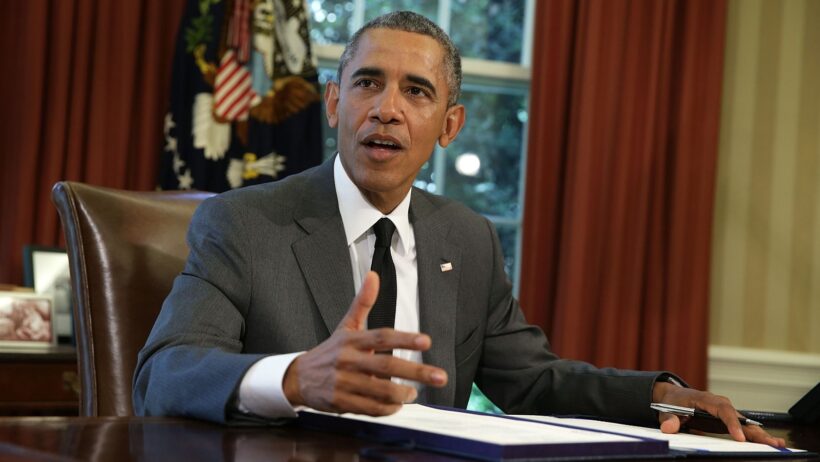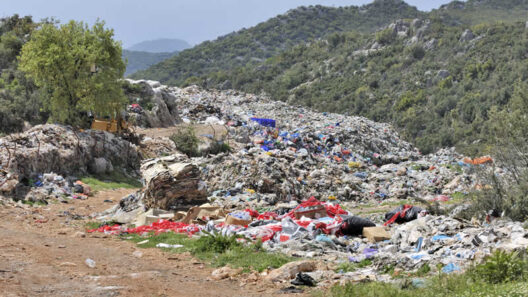In the grand tapestry of American environmental policy, the Obama Administration stands out like a vibrant, iridescent thread woven into the fabric of climate action. As the effects of global warming became increasingly palpable, the administration undertook significant measures to address the burgeoning crisis. This period marked a pivotal shift, igniting discussions about federal funding and policy reforms aimed specifically at combating climate change. But did the Obama Administration truly prioritize funding for global warming solutions, or was it merely a facade behind which other priorities loomed?
To fully grasp this profound inquiry, one must first understand the historical context in which the Obama Administration operated. When Barack Obama ascended to the presidency in 2009, the world was grappling with escalating climate phenomena—catastrophic floods, relentless droughts, and unprecedented hurricanes all served as grim harbingers of a warming world. The scientific community was unified in its clarion call for immediate action, and the public’s awareness of climate change was awakening from a long slumber.
Against this backdrop, the administration’s approach to global warming funding can be likened to a masterfully orchestrated symphony. Various instruments—economic, social, and environmental—were harmonized to create a compelling argument for climate responsibility. The American Recovery and Reinvestment Act of 2009 allocated approximately $80 billion for clean energy initiatives. Among these provisions was an infusion of cash aimed directly at renewable energy technologies, energy efficiency, and infrastructure resilience. This infusion represented a sea change, steering government funding towards sustainable solutions that resonate with future generations.
However, one must navigate the complexities of this funding narrative. Critics have often argued that despite this initial surge of investment, the administration’s actual commitment to funding global warming solutions did not sustain its initial momentum. While the government disbursed substantial amounts for green technologies, critics argue that industries tied to fossil fuels received substantial subsidies during the same era. This juxtaposition raises critical questions about the administration’s commitment and the effectiveness of its climate policies.
Furthermore, as the decade unfolded, the Obama Administration endeavored to promote a multi-faceted approach to climate change. One particularly noteworthy initiative was the establishment of the Clean Power Plan in 2015, which sought to reduce carbon emissions from power plants, thus propelling the United States towards a greener energy future. This plan aimed not only to confront climate change head-on but also to usher in an era of energy independence and innovation. Yet, despite the visionary aspirations of the plan, it faced fierce opposition. This emboldens the narrative that while funding climate initiatives was a priority, genuine, long-lasting changes required overcoming significant political and societal obstacles.
Global warming funding under the Obama Administration also extended beyond domestic pursuits. Initiatives like the Green Climate Fund sought to aid developing nations grappling with the adversities of climate change. By committing to a $3 billion contribution, the administration recognized that climate change knows no borders and that global solutions necessitate global cooperation. Such initiatives reflect an understanding of climate justice, acknowledging that those who contribute least to the crisis often suffer its most severe consequences.
Yet, the Obama Administration’s funding approaches were not devoid of criticism. Skeptics have pointed out that despite lofty ideas and ambitious funding, the tangible outcomes in terms of reduced emissions and environmental restoration were not as pronounced as promised. Many argue that the initiatives lacked sufficient rigor or follow-through to effectuate meaningful change, leaving the door ajar for future administrations to reverse or dilute these policies.
Underlying this discourse on funding solutions for global warming is an elemental truth: intention does not always equal impact. Funding can be likened to the rich soil needed for trees to bloom; without nurturing and strategic placement, the seeds of potential may lay dormant, never reaching their full heights. The administration’s funding plans were undoubtedly ambitious, yet the real test lay in their execution and lasting influence on climate action.
Additionally, as the specter of climate change loomed large, the Obama Administration faced the challenge of balancing public perception with scientific realities. Insignificant public engagement and misunderstanding surrounding climate science posed substantial barriers to the administration’s efforts. Social narratives often swayed political will, and continued advocacy from both sides of the aisle proved essential in sustaining funding for climate solutions. Thus, while the administration laid the groundwork for climate policy, understanding how to engage the public remained a crucial aspect of securing ongoing support for economic and environmental initiatives.
In retrospect, it becomes evident that the Obama Administration’s funding of global warming solutions was a complex interplay of ambition, criticism, and the overarching realities of American politics. The initiatives launched were akin to sprouting seedlings; full growth was contingent upon an ecosystem of support—politically, socially, and scientifically.
As we traverse the muddy waters of climate politics today, the takeaways from the Obama Administration’s experience are manifold. Funding aimed at combating global warming must be persistent and adaptable amid changing landscapes, and it requires societal buy-in and political foresight. It is evident that while the administration made significant strides, the journey towards climate solutions is ongoing, and each step must be reinforced by unwavering commitment and action.
In conclusion, the exploration of whether the Obama Administration genuinely favored funding global warming solutions unveils a rich, intricate narrative of intention versus impact. While substantial funding was allocated to address climate change, the challenges of implementation, political opposition, and societal frameworks must not be underestimated. As climate activists, scientists, and policymakers stride forward, the lessons learned during this remarkable chapter in American environmental history must serve as guiding principles for future endeavors in the ongoing fight against global warming.






